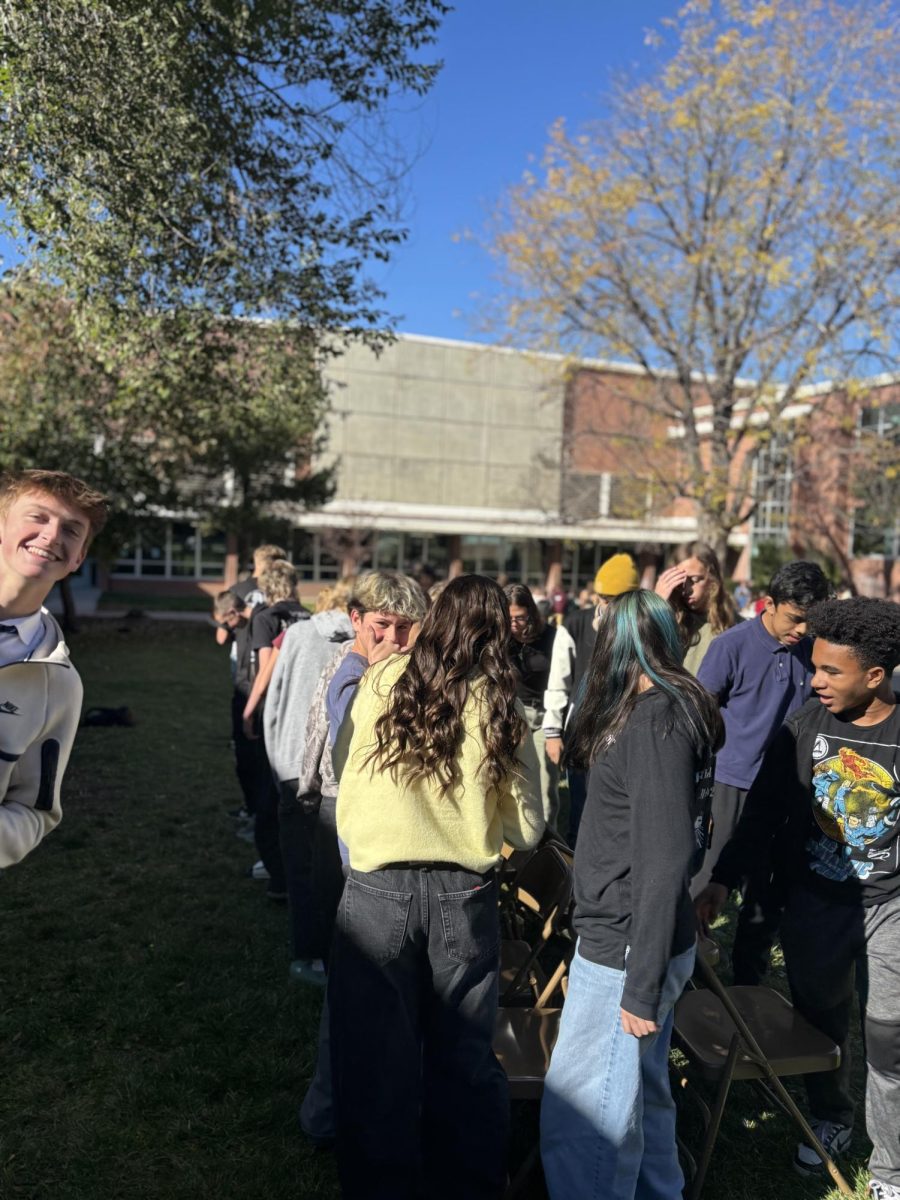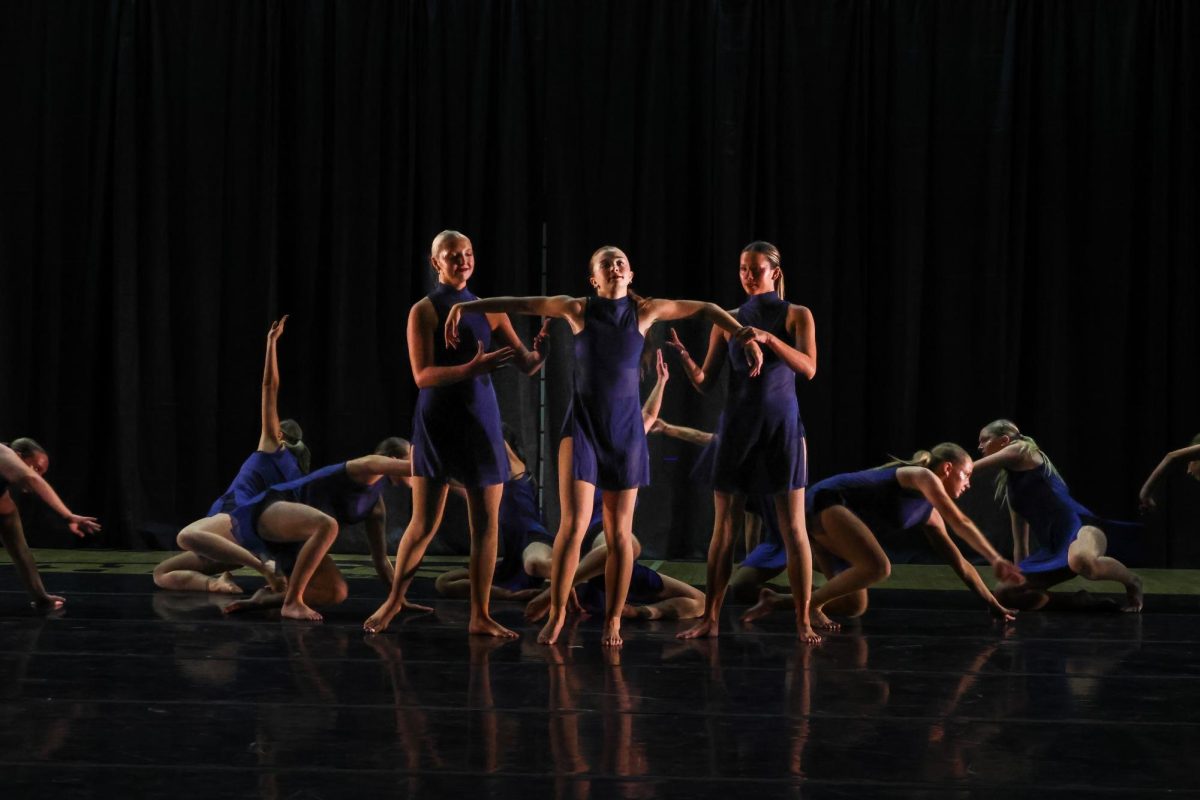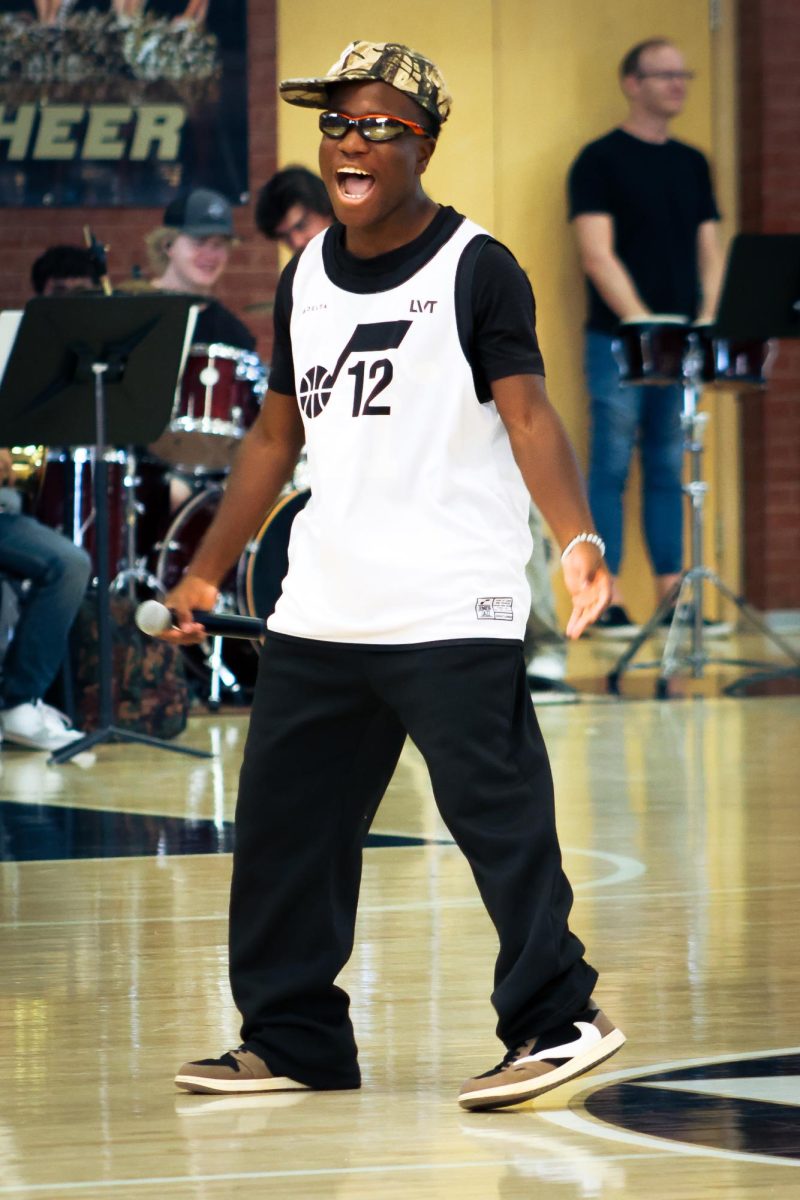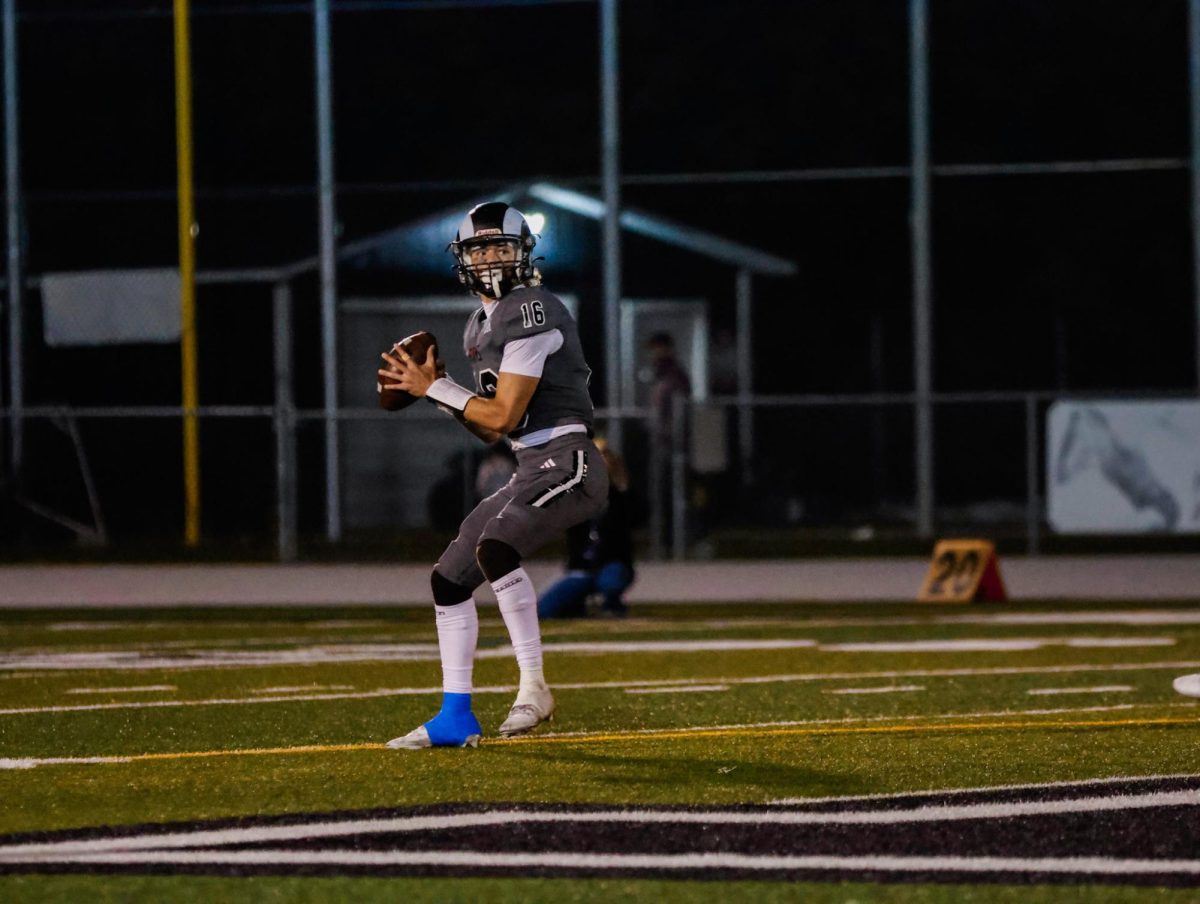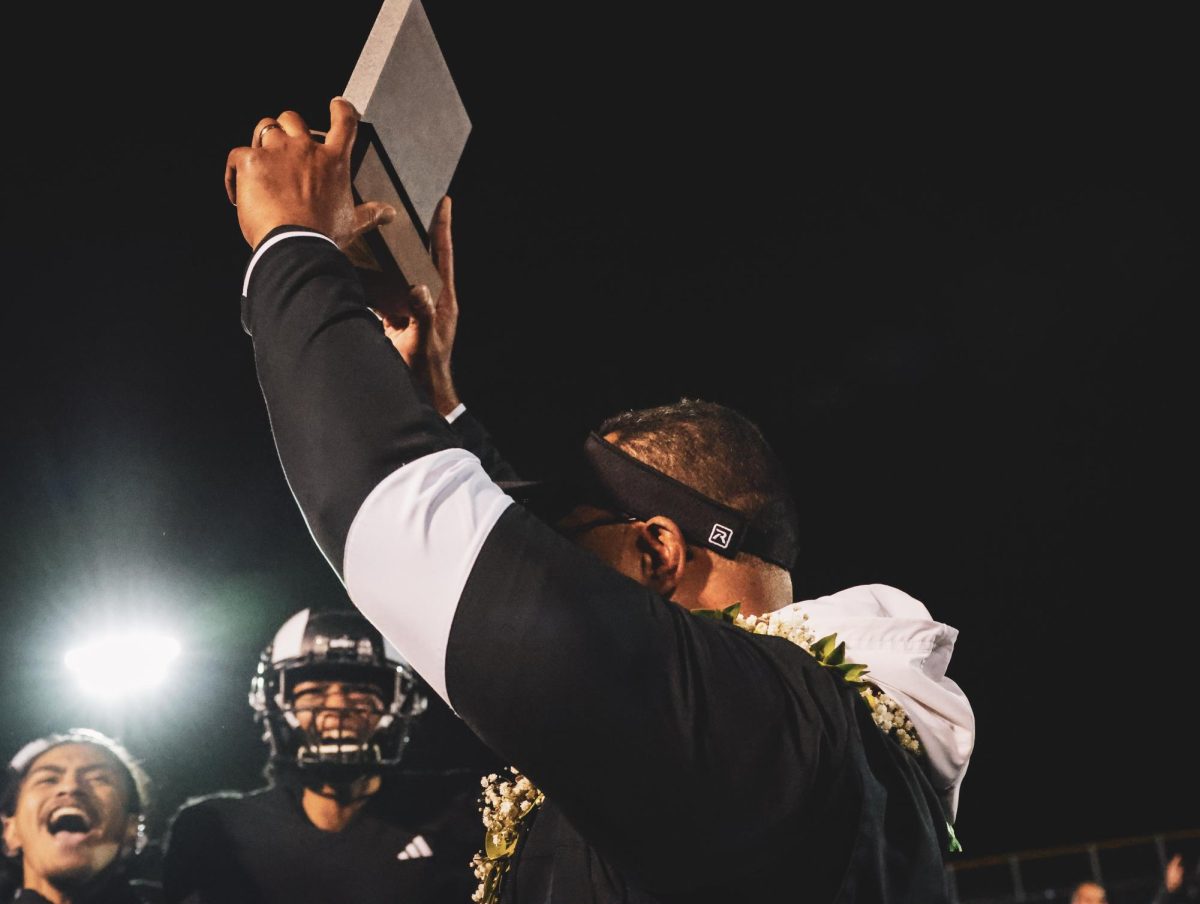Highland Teachers Are Getting Inventive With Coronavirus Concerns
May 28, 2021
The Highland cafeteria, once lucky to see a tumbleweed blow by in its midst, is now bursting with life once again.
It has only been a couple of months since Highland’s doors opened to students again, but it’s clear that students have been anxious to get back. A simple scan of the cafeteria during lunch reveals a lot — it would be virtually unknown to a common person that this year has not been completely normal, as students are gathered in bunches at lunch tables, noisily discussing their days.
During spirit week, students played games in the cafeteria while music played. It is almost… normal.
It is only due to the masks that hang freely off of the ears of students that one would be aware of the pandemic that altered the school year so dramatically this past year.
“Within class and the rest of the school I’ve been impressed by how safe they have made it, but I think that lunch almost defeats the purpose because students have to take their masks off to eat and there is simply not enough room to spread out in the cafeteria,” Highland senior Fiona Hardin said.
Many members of Salt Lake County — parents and students alike — shared concerns about this exact scenario, during the conversations that occurred during the school district’s decision to bring students back to in-person learning. The risk factors involved in both keeping students in online learning and bringing them back to in-person learning are difficult to gauge, but Salt Lake School District made its choice to allow students back into the building, if they choose.
Despite the distress surrounding physical school, many students seem to be exhilarated to be back, an uncommon sight for the dreary-eyed teenagers who once cheered at the news of school originally being cancelled due to Coronavirus concerns. Though conditions in Highland’s cafeteria may not be the safest, teachers are compensating for this with their own wacky inventions.
Walking into a teacher’s room and seeing a shower curtain hanging from the ceiling might confuse any other group of students, but it’s normal for those in Language Arts teacher Emily Paxton’s classes. A clear plastic curtain hangs from the ceiling, surrounding her desk and mimicking a dramatic quarantine set-up from the movies — which is exactly what it is.
“My mom actually has cancer, and I was really worried about coming back to the building before Covid numbers were down, so I said, ‘You know what? I’m just gonna get myself cordoned off and not worry about my mom as much,’” Paxton said.
Paxton looks like a quarantined patient but is able to feel confident that she is safe while teaching. Other teachers have rows of hand sanitizer, plastic shields between students, and socially distanced classrooms. But other classrooms are normal, with 30-plus students packed in like in years past.
A CDC study that was conducted in late March of this year found that there was low Covid-19 transmission and no school-related outbreaks occurred due to the implementation of mask mandates and other school-related strategies, like Paxton’s shower curtain prevention idea.
The cafeteria situation during lunch is a difficult topic, even for teachers and administrators. Permitting students to be socially active with their friends and being cautious about Covid restrictions is not an easy balance to find. However, more and more Highland students are being vaccinated, which is allowing for more flexibility.
“I think they should encourage people to eat in the courtyard, since you do have to eat with a mask on, or maybe even open up another outdoor area to eat at during lunch. It’s hard because kids come to school to see their friends, and [they] want to eat lunch with [their] friends, and so it’s difficult,” Paxton said. “Luckily, most of my students who are eligible have started getting their vaccines, so I think a lot of students, if they’re 16 and older, are being responsible in that way.”
Many CDC studies, both specific and non-specific to Salt Lake City, illustrate that Covid-19 is not being spread within schools. The emergence of this recent data that has shown that schools are not a high-risk area for transmission is one of the reasons why the decision has been made to allow in-person school.
